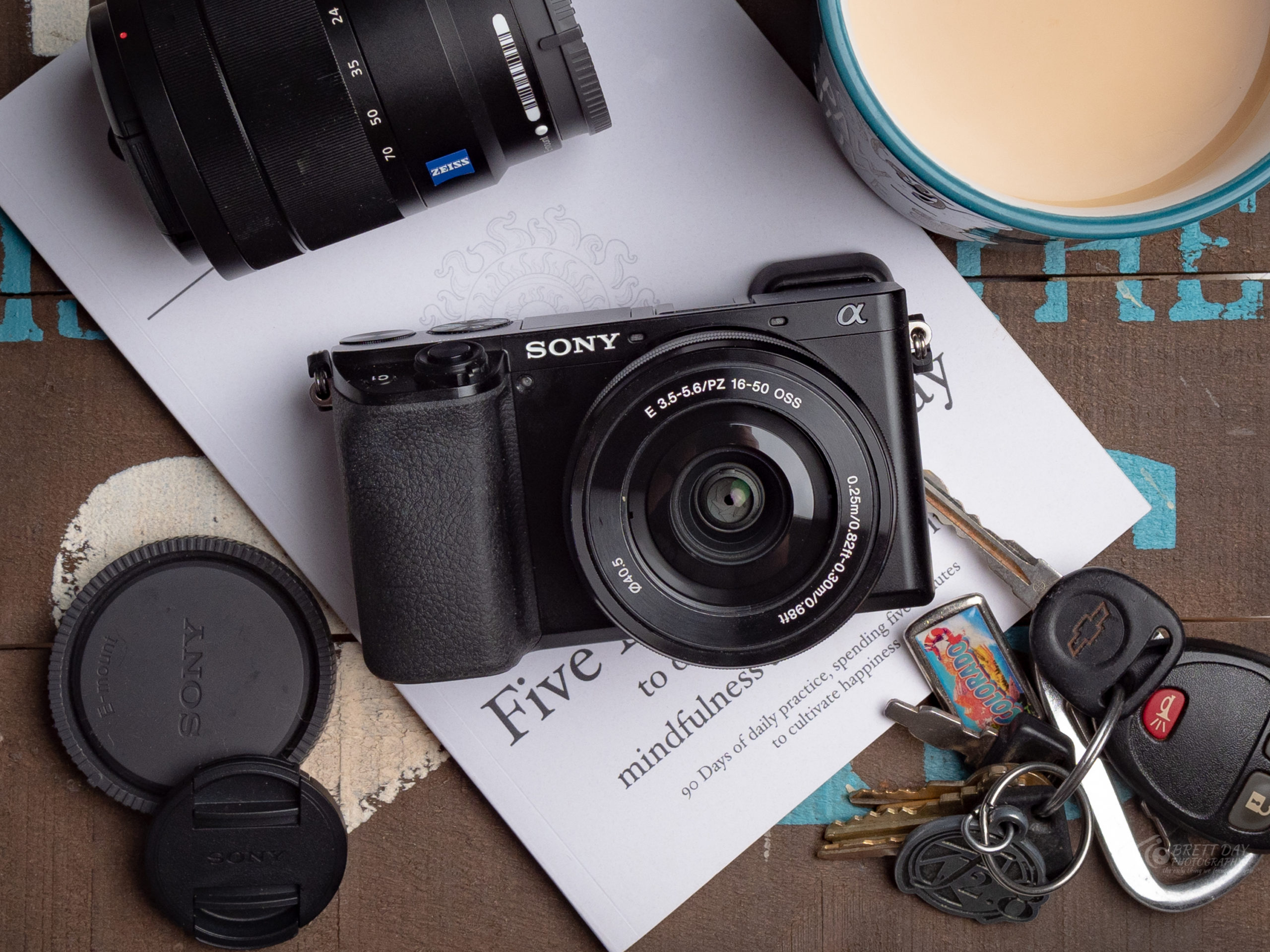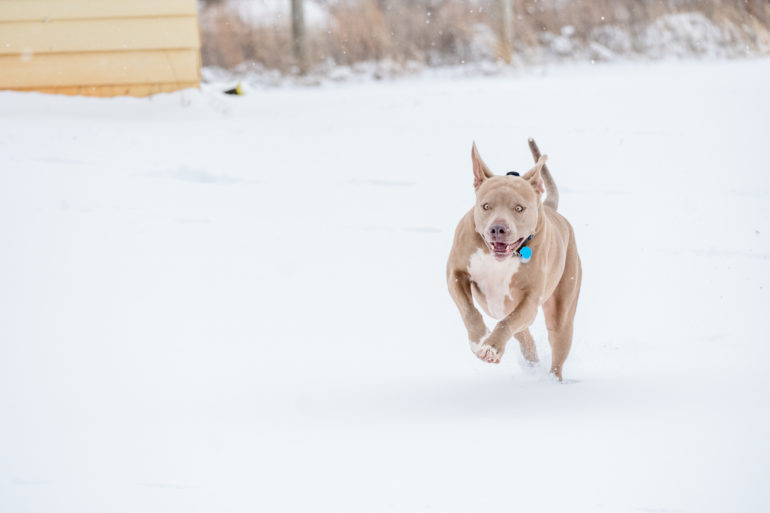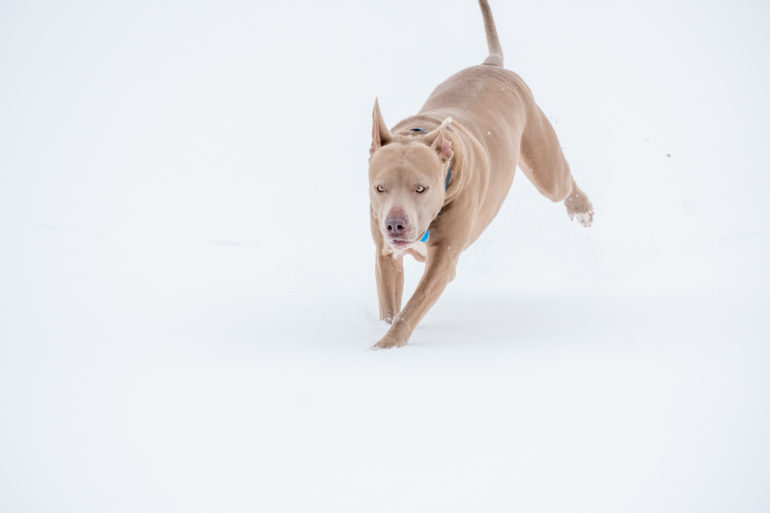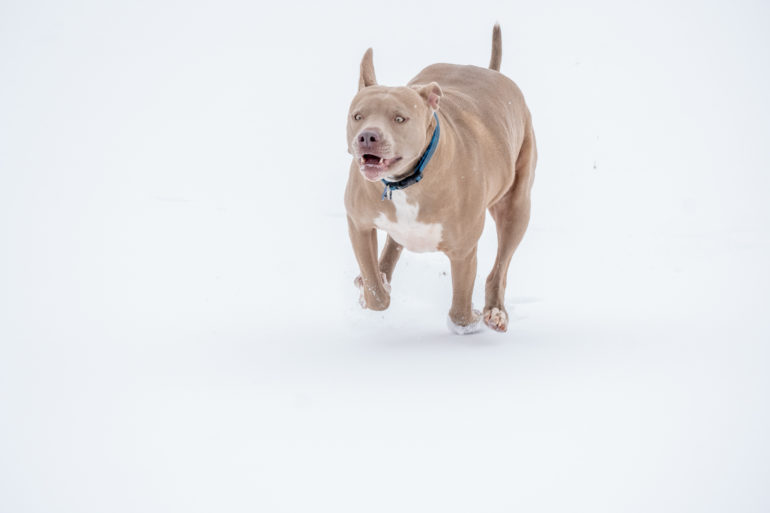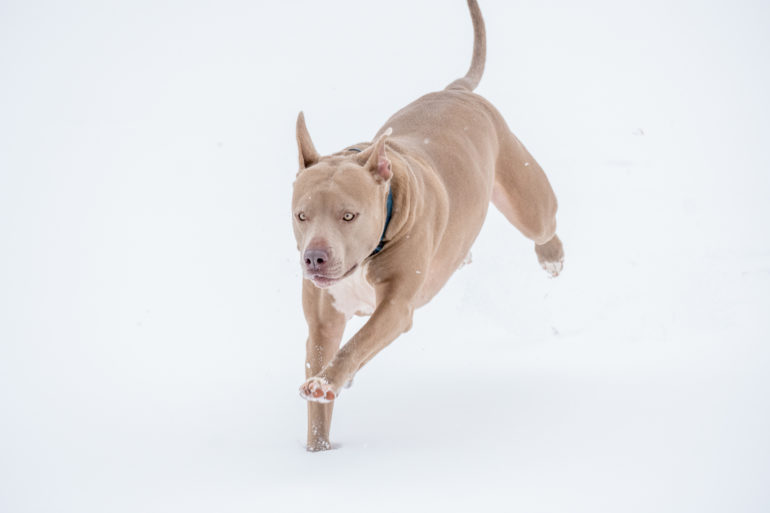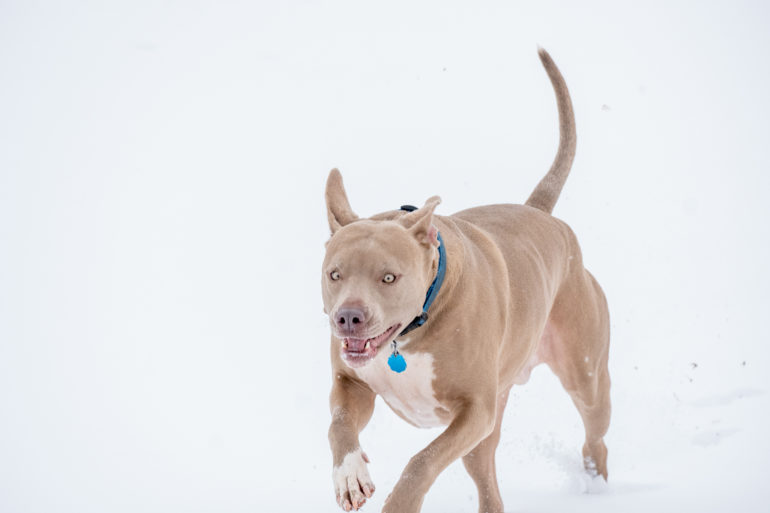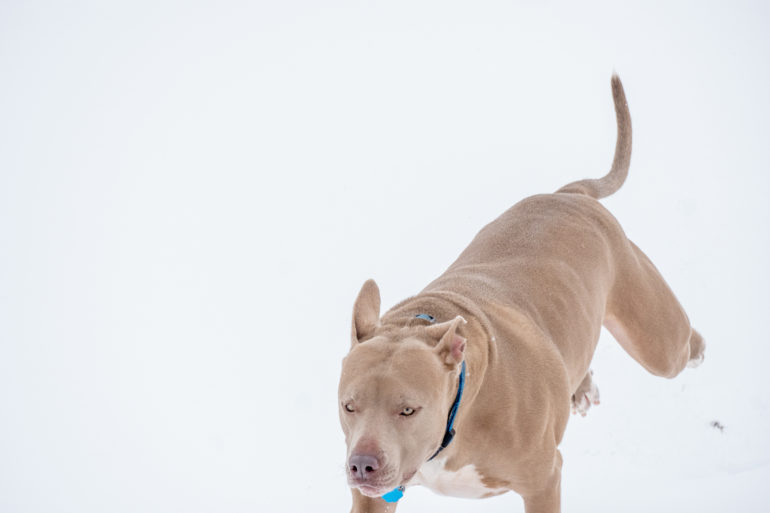The Sony a6100 is what all other entry-level cameras should aspire to be.
The Sony a6000 was a revolutionary camera when it hit the scene in 2014. The enticing price point, great specs, and small size made it a camera many photographers and first-time camera owners flocked to. Here we are six years later with its true successor, the Sony a6100. The Sony a6100 features real-time human and animal eye-tracking, incredible burst rates, and Sony claims it has the world’s fastest autofocus system. But should first-time camera buyers and photographers on a budget flock to it like they did the a6000? Let’s find out in our review.
Table of Contents
Pros and Cons
Pros
- Small and very light
- Autofocus system is beyond fast
- 11 frames per second burst mode and 425 AF points
- Real-time Eye AF and Animal Eye AF
- Great tracking capabilities
- Very Good overall image quality
- Decent battery life
- Flip-up screen for selfies
- The splash screens that tell new photographers what each mode does is a nice touch
- It’s under $600!
Cons
- The EVF and LCD are very low quality
- No weather sealing: you’ll be seeing a lot of dust spots
- The layout of the controls should be simplified
- The menu system is still convoluted. Simplify, Sony! Simplify
- You still cannot use the touchscreen to navigate the menus
- Only 1/4000s max shutter speed
- The camera desperately needs a shutter speed dial on the grip
- Just one UHS-1 card slot
- The camera slows down a lot when writing files to the SD card after a burst
- A USB 2.0 port. What year is this? Come on Sony
- No included dedicated charger, just a USB cable and a wall outlet brick that you use to charge the battery while in the camera
- No image stabilization, but it cannot be expected at this price point (not really a con, just pointing out that it’s not there)
Gear Used
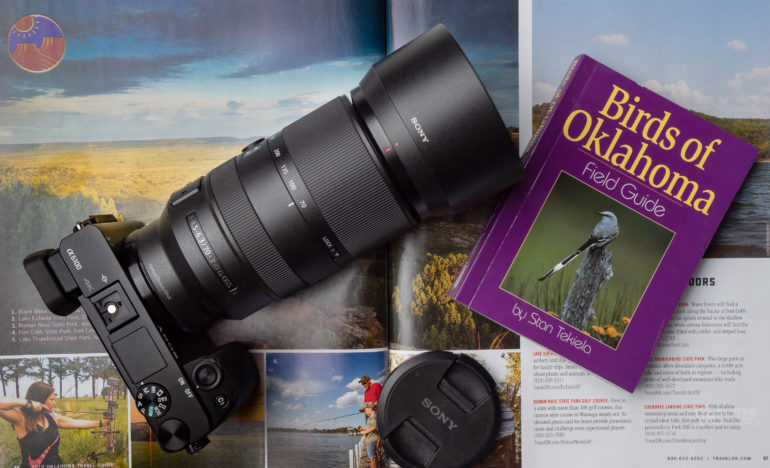
We used the Sony a6100 with the following lenses and accessories:
- The Sony 16-50mm f3.5-5.6 OSS
- The Sony Zeiss 16-70 f4
- The Sony 18-135mm f3.5-5.6 OSS
- The Sony 70-350mm f4.5-6.3 G OSS
- The Sony 24-70mm f2.8 GM
- The Flashpoint eVOLV 200/Godox AD200 and Godox X2T Trigger
Tech Specs
All technical specs have been taken from Sony’s website:
- Image Sensor: APS-C, 24.2MP, 3:2 Aspect Ratio
- Image Size: L: 6000 x 3376 (20 M), M: 4240 x 2400 (10 M), S: 3008 x 1688 (5.1 M)
- Image Modes: RAW, RAW & JPEG (Extra fine, Fine, Standard), JPEG (Extra fine, Fine, Standard)
- RAW Quality: 14 Bit
- Video Modes: XAVC S 4K:3840 x 2160 (30p, 100M), 3840 x 2160 (24p, 100M), 3840 x 2160 (30p, 60M), 3840 x 2160 (24p, 60M), XAVC S HD:1920 x 1080 (120p, 100M), 1920 x 1080 (120p, 60M), 1920 x 1080 (60p, 50M), 1920 x 1080 (30p, 50M), 1920 x 1080 (24p, 50M), 1920 x 1080 (60p, 25M), 1920 x 1080 (30p, 16M), AVCHD:1920 x 1080 (60i, 24M, FX), 1920 x 1080 (60i, 17M, FH)
- Focus Points: 425 points (phase-detection AF) / 425 points (contrast-detection AF)
- Focus Modes: AF-A (Automatic AF), AF-S (Single-shot AF), AF-C (Continuous AF), DMF (Direct Manual Focus), Manual Focus
- Other Focus Features: Eye-start AF (only with LA-EA2 or LA-EA4 attached (Sold separately)), Object Tracking, EYE AF [Still images] (Human(Right/Left Eye Select) / Animal, AF micro-adjustment (only with LA-EA2 or LA-EA4 attached (Sold separately)), Predictive control, Focus lock
- Scene Selections: Portrait, Sports Action, Macro, Landscape, Sunset, Night Scene, Hand-Held Twilight, Night Portrait, Anti Motion Blur
- EVF: 1,440,000 dots, 100% coverage
- LCD Screen: 2.95 in (3.0-type) wide type TFT, 921,600 dots
- Shutter Speed: Still images: 1/4000 to 30 sec, Bulb, Movies: 1/4000 to 1/4 (1/3 steps), up to 1/60 in AUTO mode (up to 1/30 in Auto slow shutter mode)
- Burst Rates: Continuous shooting: Hi+: 11 fps, Hi: 8 fps, Mid: 6 fps, Lo: 3 fps6
- Battery: Approx. 380 shots (Viewfinder) / Approx. 420 shots (LCD monitor).
- Camera Weight: Approx. 14.0 oz / 396 g / 0.87lbs
Ergonomics
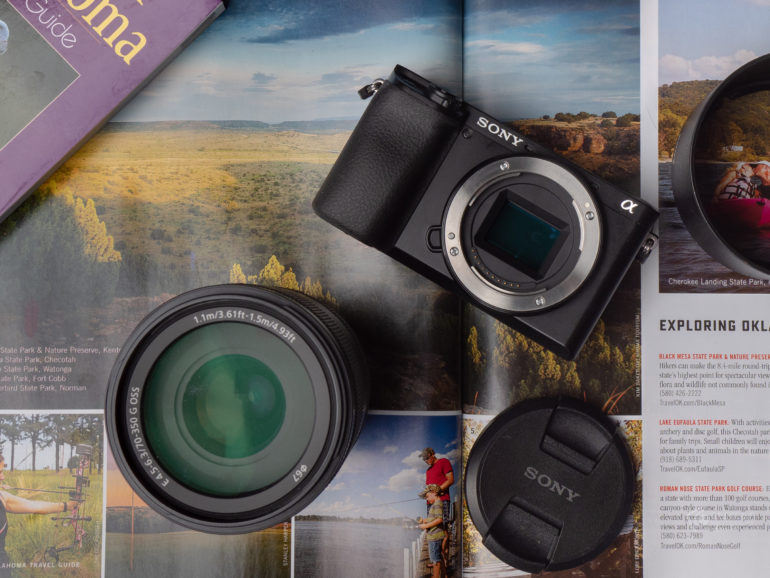
The Sony a6100 looks almost identical to every other a6XXX series camera made. It is small, but this a6000 replacement model has a deeper grip to accommodate the new, larger NP-NW50 battery.
The deeper grip makes the a6100 more comfortable to hold compared to older models, but those with bigger hands may still have issues with fingers hitting the lens as you grip the camera. The front of the camera can be described as Spartan. Apart from the on/off switch and a custom function button that sits on top of the grip, there’s nothing to see on the front apart from the lens mount and release.
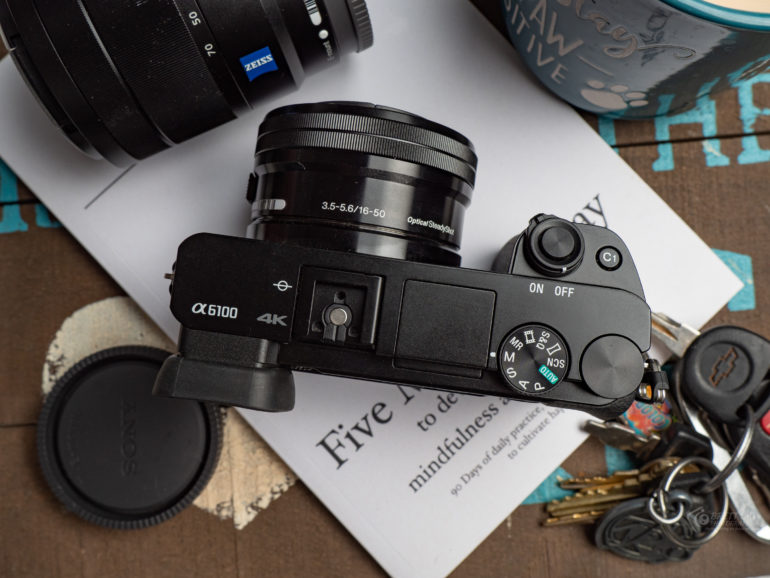
The top of the camera is quite barren as well. Here you’ll find the hot shoe mount, the mode selector dial, and a function wheel that can be programmed to control either shutter speed or aperture. The EVF sits over to the far left of the camera, which makes the Sony a6100 a rangefinder style camera.
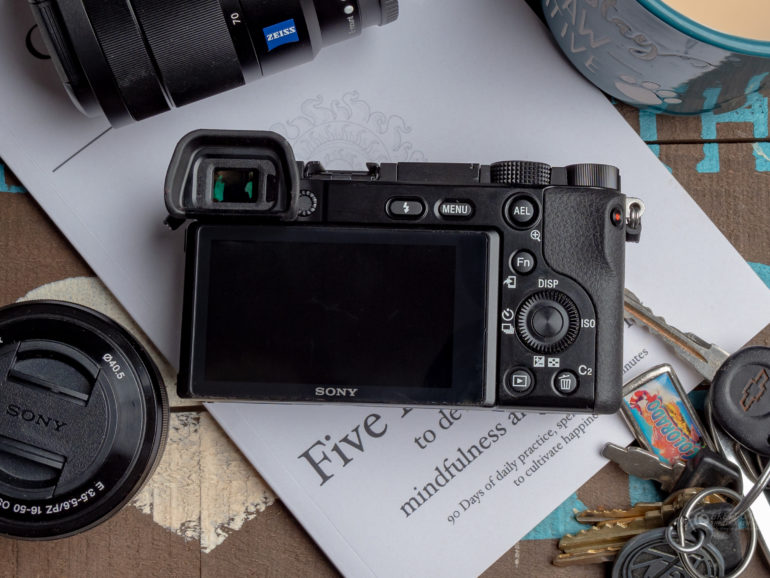
The back of the Sony a6100 is where you will find almost all of the controls. This is where I wish the camera was a tad bigger: it’s really crowded back here. At first glance, it looks like a hot mess with dials, buttons, and symbols all over the place. I handed the Sony a6100 to several people who are unfamiliar with cameras, and the look on their faces said it all. Seeing as how this is a camera designed for beginners/first-time camera owners who are perhaps stepping up from a smartphone, it is a little much to process.
So, what do we have back here? The 2.95-inch tiltable (up and down, no full articulation) touch screen dominates the back. The screen is flanked by the jog dial, which controls either aperture or shutter speed, the play, and delete buttons, ISO control, burst mode, and self-timer controls, the main function button, the AEL button, the menu control, and the button for the pop-up flash.
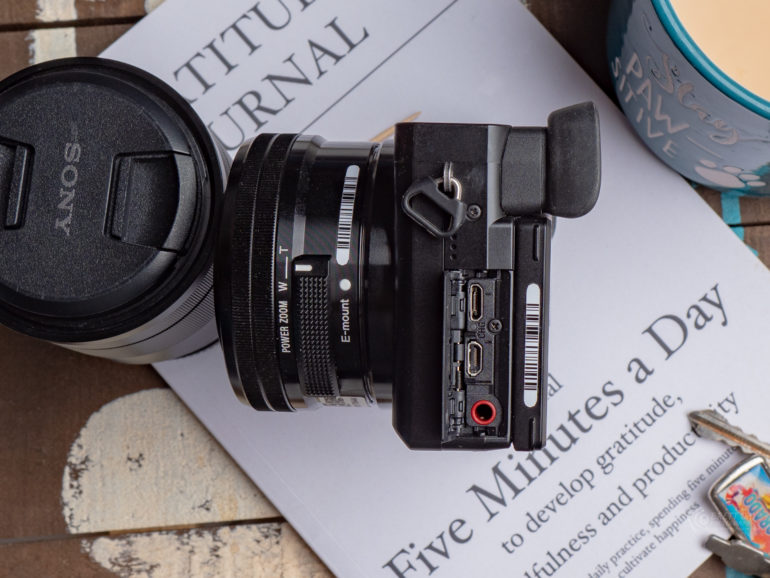
The left-hand side of the camera is where you will find a flap that covers a mini-HDMI port, a microphone jack, and a USB B 2.0. (What the heck Sony, USB 2.0? Come on!) The righthand side of the camera is completely bare apart from the NFC logo. The bottom of the camera houses the battery and a single SD card in the same opening. Overall, the Sony a6100 is pretty good from an ergonomics standpoint. It feels nice in hand thanks to the deeper grip and its light weight (0.87lbs), but it does suffer from the cramped button layout.
Build Quality

Wow, what are you doing way up there? Bring those expectations down a tad. Nope, a little more, a little more, and stop! There you go. Look, this is a $600 camera, and it feels like one. Actually, it feels a little cheaper than that. The Sony a6100 is a far cry from the more premium cameras in Sony’s lineup. Sony’s line from the a6600 up into their Full Frame cameras feature metal builds, but the Sony a6100 is plastic-fantastic. It feels decently solid and will survive being tossed around in your camera bag or a coat pocket, but I wouldn’t put much stock into it surviving falls.
The bracket the 922k dot LCD screen sits on is made from some sort of metal, which is good as that is a critical part of this camera. It feels sturdy and it takes a little effort to tilt the screen into the position you need. It’s certainly not going to flap around. The real bummer with the a6100 is that there is no weather sealing. If it is raining, snowing, or doing anything outside other than being nice and pretty, I would not venture out with this camera.
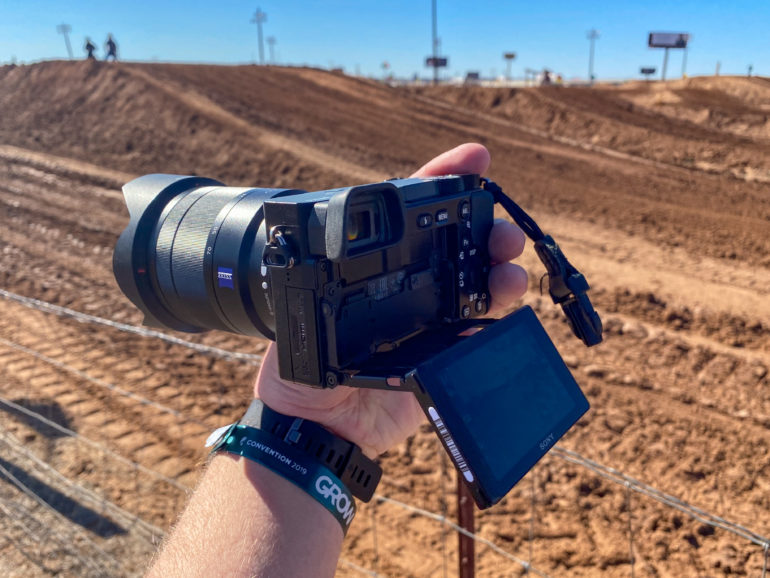
This leads me to my next issue. The amount of dust that gets on the sensor is a little crazy. It’s a bit disconcerting for sure, but again, you’re not paying for weather sealing here with the a6100. Use it within its approved parameters and you’ll be okay. Just learn how to clean your own sensor, otherwise you’ll go bankrupt fairly quickly while making your local camera store owner rich with all the sensor cleanings he or she will be doing for you.
The buttons and dials feel good and provide nice tactile feedback. The flap that covers the USB port is a little on the thin side. Again, for $600, this type of build quality is what you should expect. Go into this with expectations of grandeur and you will be disappointed. Keep your expectations in check and you’ll be just fine.
Ease of Use
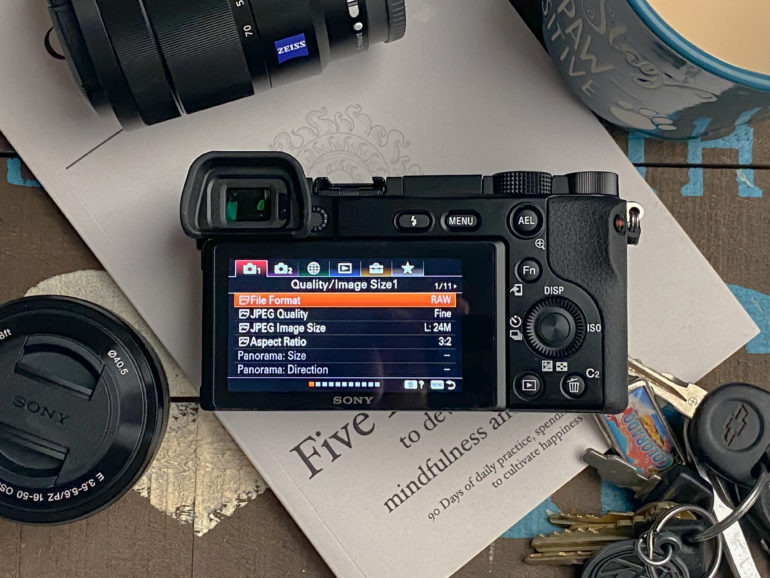
In terms of ease of use, I am a little conflicted. For photographers who are familiar with cameras, you will likely have no issues with how the Sony a6100 operates. But, if you are coming into this as a first-time camera user, I feel a little sorry for you.
Seeing as the Sony a6100 is aimed at newcomers, I am a little shocked Sony doesn’t implement a simplified menu system that doesn’t overwhelm from the get-go. Why not start with a simple menu that gives access to the most critical options. Then, as a new photographer grows, they can select to unlock a more advanced menu? That makes sense to me, at least.
One nice touch is that, as the user turns the mode select wheel, there are splash screens that indicate what each mode can be used for. That’s pretty cool, but as user-friendly as Sony gets when it comes to menus. Other head-scratchers include no touch-control while in the menu system and the lack of three dedicated controls for exposure. There really needs to be a shutter speed dial in the grip. Little things like this go a long way.
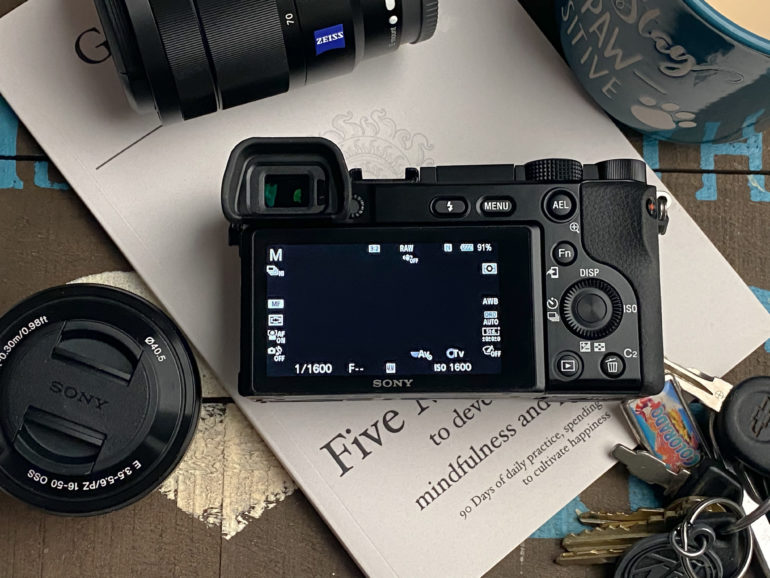
Okay, things do get a little better from here on out in terms of ease of use. The LCD, while low in resolution, is practical. You can use it to drag the focus point around with ease, which is great because there is no joystick. The rear screen can display as little or as much information about your settings as you wish, and taking pictures is as easy as framing your shot through the EVF or looking at the rear screen. The EVF is not of high quality at all; you can see the lines of resolution and individual pixels. When I first used the EVF, it felt like I was looking at an old CRT television close up, but it gets the job done. New photographers will appreciate what an EVF can do.
When it comes to capturing images, just set the camera to continuous autofocus and wide focusing mode and you’ll be good to go. Seriously, the autofocus system is that good. If you want a little more control you can choose the center point, or if you’re going to track a moving subject, just select tracking. The great thing is that the autofocus system is excellent for a camera in this price range, and it will do a lot of the work for you, but you can also take over more control of the camera as you grow and improve. The a6100 is an excellent camera to grow with.
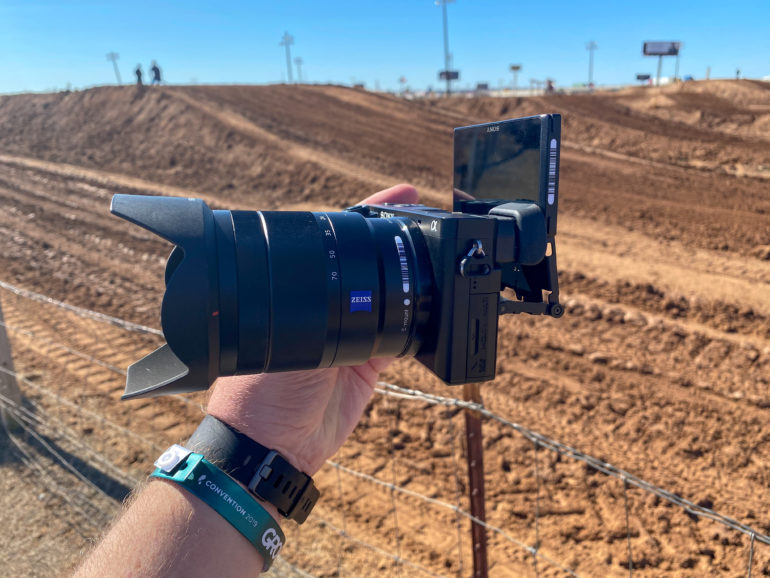
The rear screen flips up so that you can take selfies or vlog with the camera. Keep in mind that the Sony a6100 does not have image stabilization, so creating a video that won’t make viewers seasick will be tough. There is also a pop-up flash that can be used in a pinch, but I don’t recommend it as it’s very harsh, even when you dial down flash compensation.
The new, improved battery will get you roughly 500 shots per charge, and you can fire off 11 frames per second, which is fantastic. The weak link here is that the Sony a6100 uses UHS-1 SD cards. Fire off a burst, and it will take a while for your images to be written to the card. You’re going to need to plan your bursts because once you let go of the shutter, you will not be able to take more pictures until that burst sequence is dealt with.
If you take the time to learn about the a6100, the button layout, and its obnoxious menu system, you will find that you can get a great deal out of this camera. There is still no doubt in my mind that Sony can make things easier for the end-user, though.
Autofocus
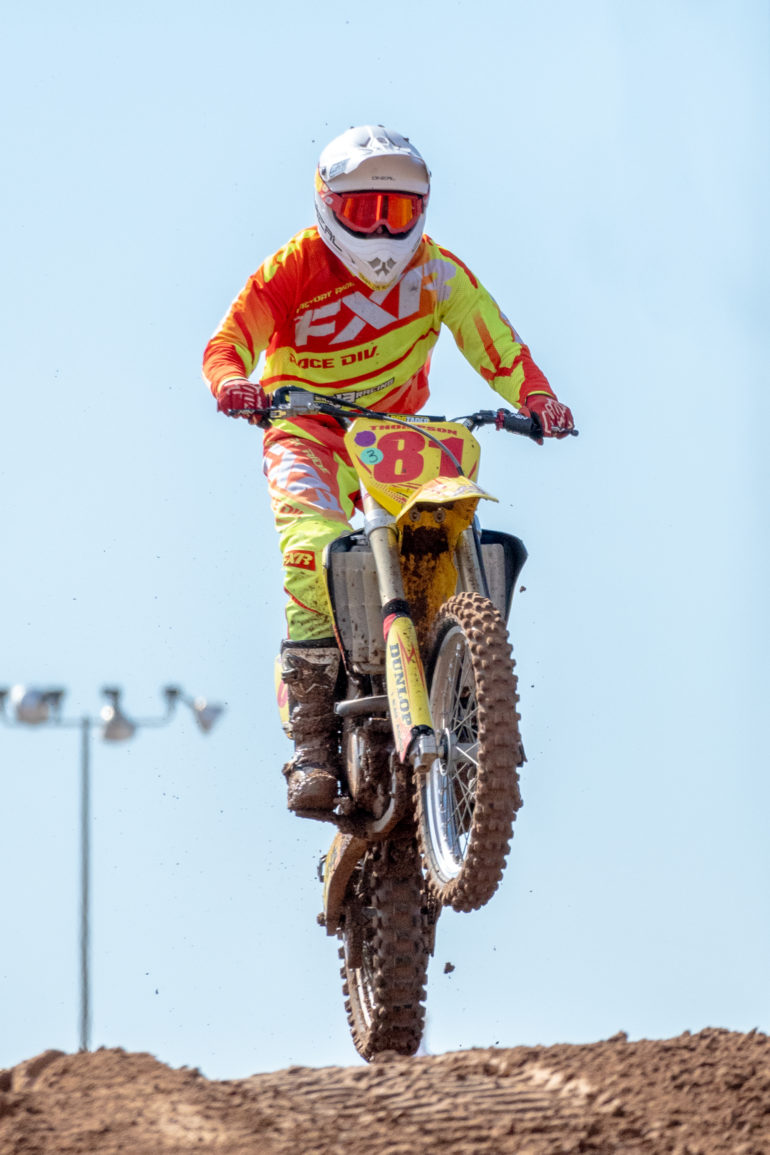
Sony claims that the Sony a6100 features the fastest autofocus system in the world and that the camera can find focus in just 0.02 seconds. I have to say that they may just be right. While the AF system is nowhere near as advanced as the systems found in the a7 III, a7r IV, or the a9 II, this little camera has seriously impressed me. Having autofocus as good as this in a camera that costs less than $600 is unheard of.
The Sony a6100 can track people (including eyes in real-time), animals (with eye detection in real-time also), and objects with ease. In good lighting conditions, the camera is blazing fast, though the autofocus does slow a little in low light situations. The wide variety of focusing options means you’ll be able to find the right one for your specific situation. Really though, I just found myself using continuous autofocus in wide or center mode, and I never had any issues. It nailed the shot I was after almost every time. Overall, this camera’s autofocus system will impress you.
Animals

As mentioned above, the Sony a6100 features real-time animal eye AF, which means that you can shoot pictures of your pooch or kitty and you’ll get lovely, in-focus eyes most of the time. Now, you do have to go into the system menu to select Animal Eye AF (menu 1, page 5, Face/Eye AF set), but after that, you can shoot with continuous autofocus and your pet’s eyes will be tracked. Your pets will never look better!
People
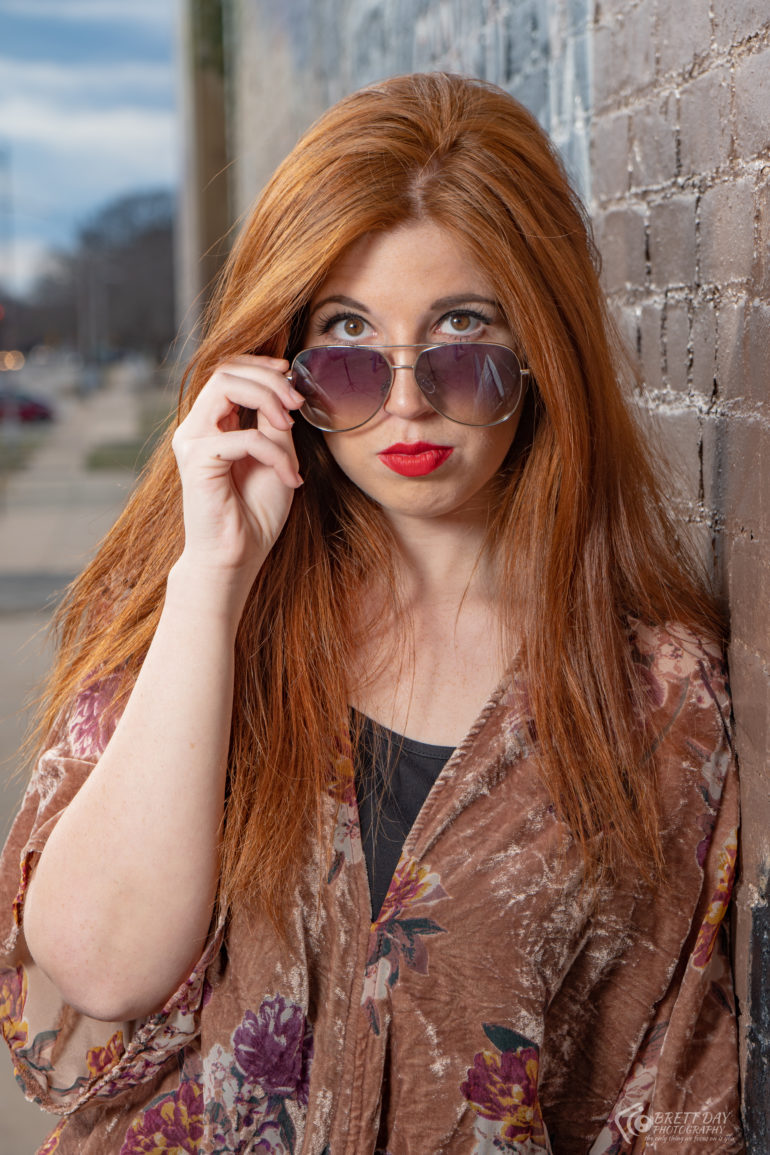
As you can imagine, the Sony a6100 is more than capable of being used to capture images of people. The camera, by default, is set to track human eyes, so unless you have changed it to animal eye AF when you point the camera at your subject while in continuous focus mode, the camera will lock on to your subject’s eyes effortlessly. Pair this camera up with some of the beautiful glass Sony offers, and you have a capable camera for portrait photography.
Tracking
You can see from the sequence of images above, tracking on the a6100 works really well. I was amazed that a camera that costs as little as the Sony a6100 does could perform like this. My dog, Austin, was running full speed towards me and the a6100 with the Sony 70-350mm f4.5-6.3 G OSS. This combo had no problem keeping up with him. It’s quite impressive. For this sequence, I was shooting at ISO 1600, 1/1600 sec, and f7.1. Here’s a closer look at one of the images from this sequence.
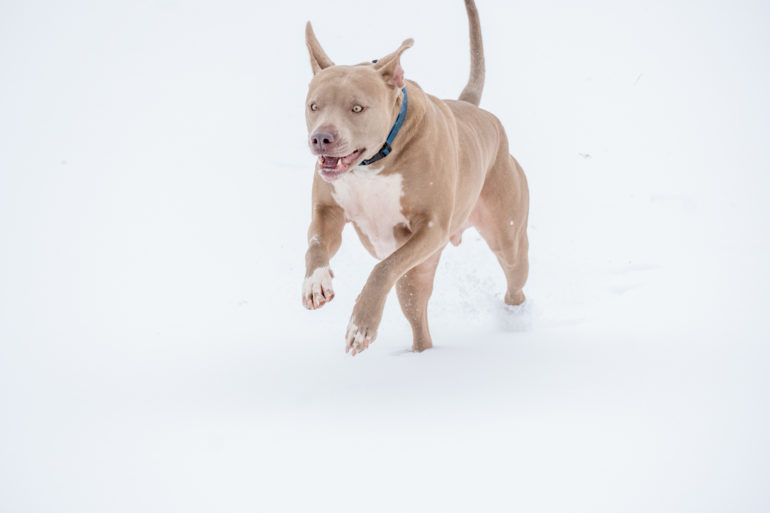
As you can see here, the image is tack sharp. Actually, all 12 shots from this sequence are sharp. The only problem I found was not being able to reframe the image fast enough as Austin came flying towards me. If you plan on using this camera for any fast-paced action, you’ll be pleasantly surprised at how well it performs. Overall, the autofocus system used in the Sony a6100 is stellar.
Image Quality

Overall image quality is very good from the Sony a6100. This particular APS-C sensor has been used by Sony for a while now, but it is still more than enough for most photographers. The colors produced are nice and vivid (if a little warm), and images are sharp with a lot of detail in them. There’s a lot to like about the images that come from the a6100. Once again, factor in the cost of this camera and it’s even more impressive.
RAW File Versatility
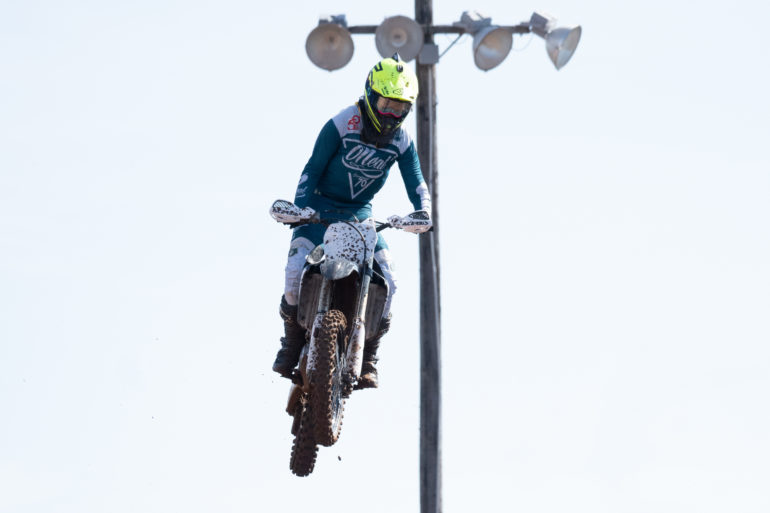
RAW File versatility is quite good. If you over or underexpose, you’ll be able to pull a fair amount of detail out of the shadows, and you’ll be able to recover highlights nicely as well.
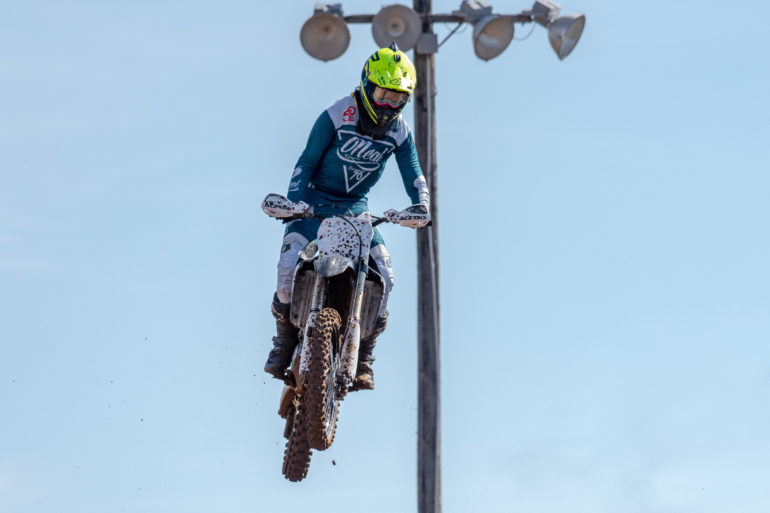
As you can see, I was able to recover blown-out highlights in the sky easily, and I was able to pull a lot of detail back from the shadows on the bike and rider. You’ll have no problems when it comes to getting your image looking how you want it to thanks to the RAW files from the Sony a6100.
JPEG Quality
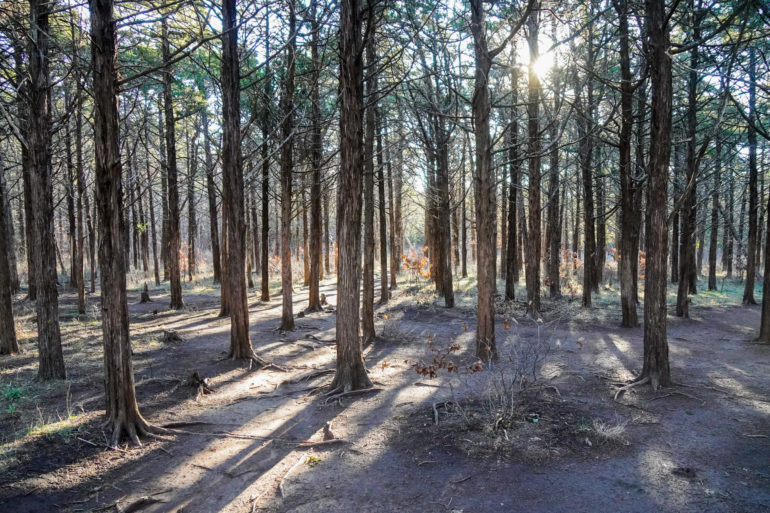
The JPEGS that the Sony a6100 produces are very nice. The camera does a great job of pulling details out of shadows and controlling the highlights as well. Overall the colors are pleasing, while sharpness and noise reduction are not overdone.

I would think that most people buying this camera will be shooting JPEGs for a while. And honestly, there’s a lot to like about them. Most people will be pleased with the results, but as we know, shooting RAW is where it’s at.
High ISO Test

The Sony a6100 performs quite well for a camera in this price range. The 24.2 Megapixel sensor is more than capable of shooting in low light. The image above was shot at ISO 6400, and it is entirely usable. You will find that once you hit ISO 1600, more noise is introduced into shadow areas as you start to recover your images during post. But honestly, just shoot and be happy.
Extra Image Samples
Below you’ll find both edited and unedited files from the Sony a6100 so that you can get a better understanding of what the images look like straight from the camera, and what you can do with them. Images are marked to show which pictures are and aren’t edited.
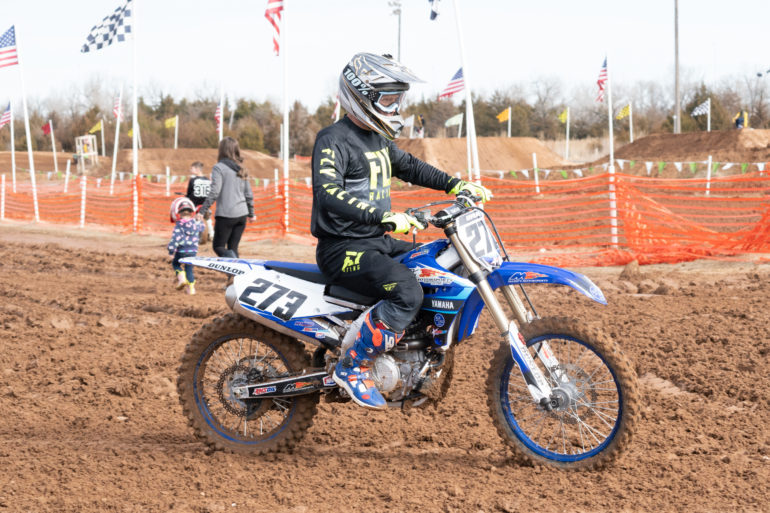
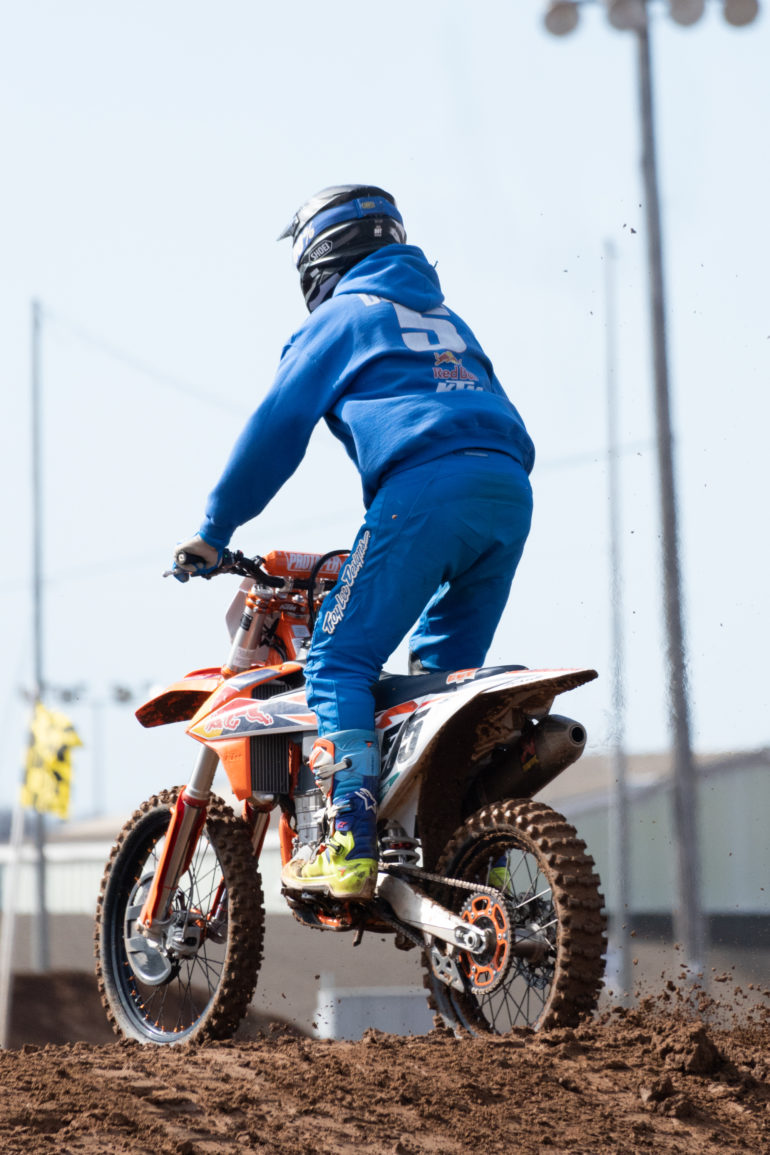
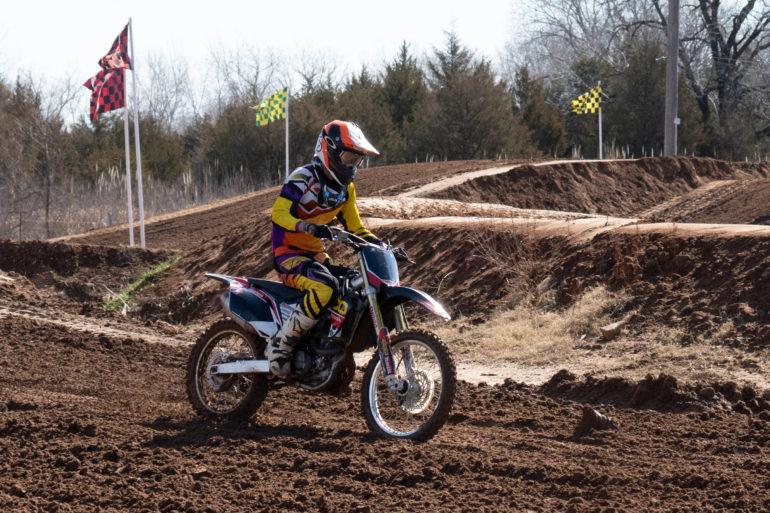
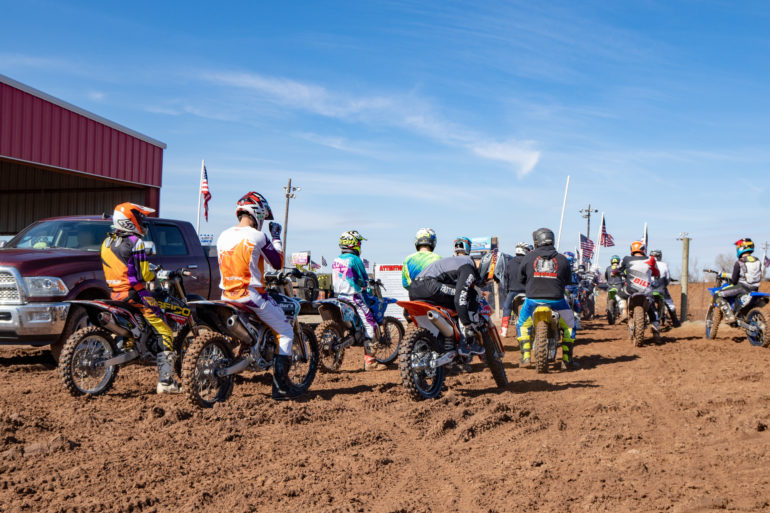
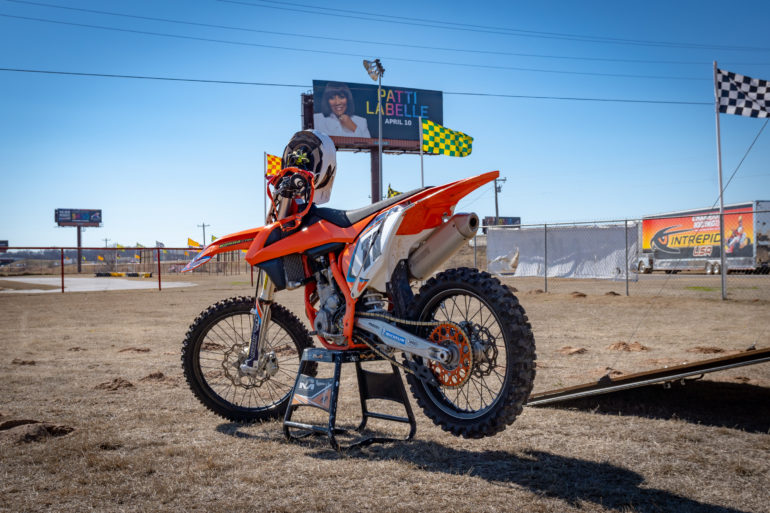
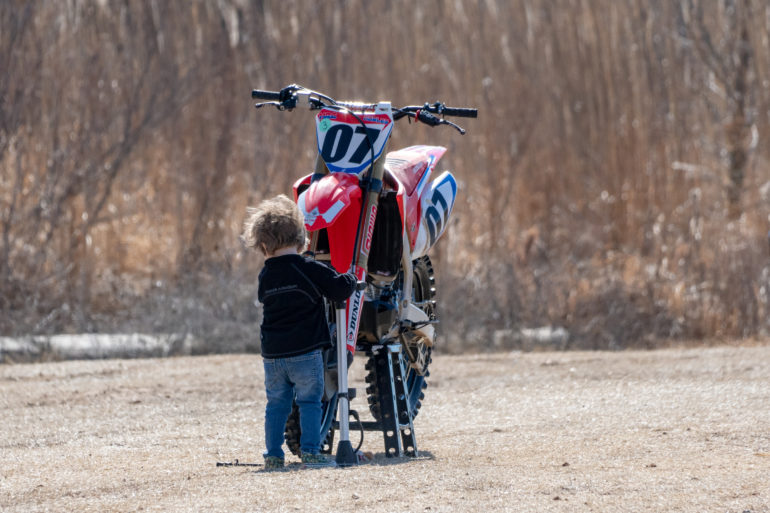
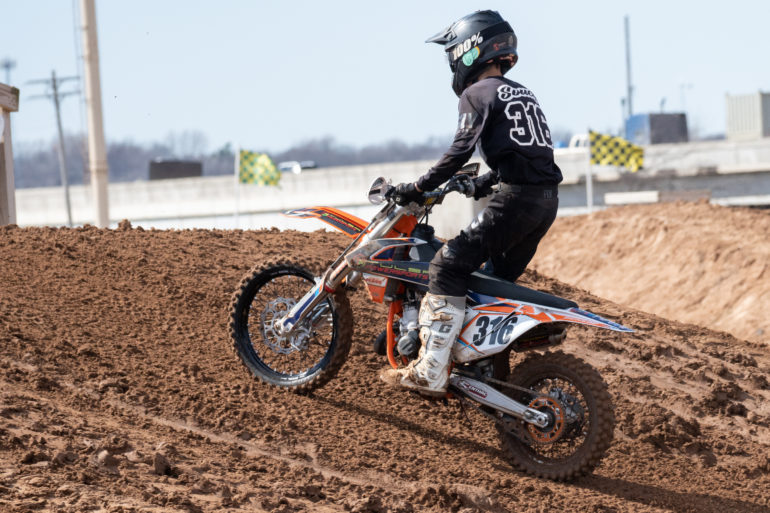
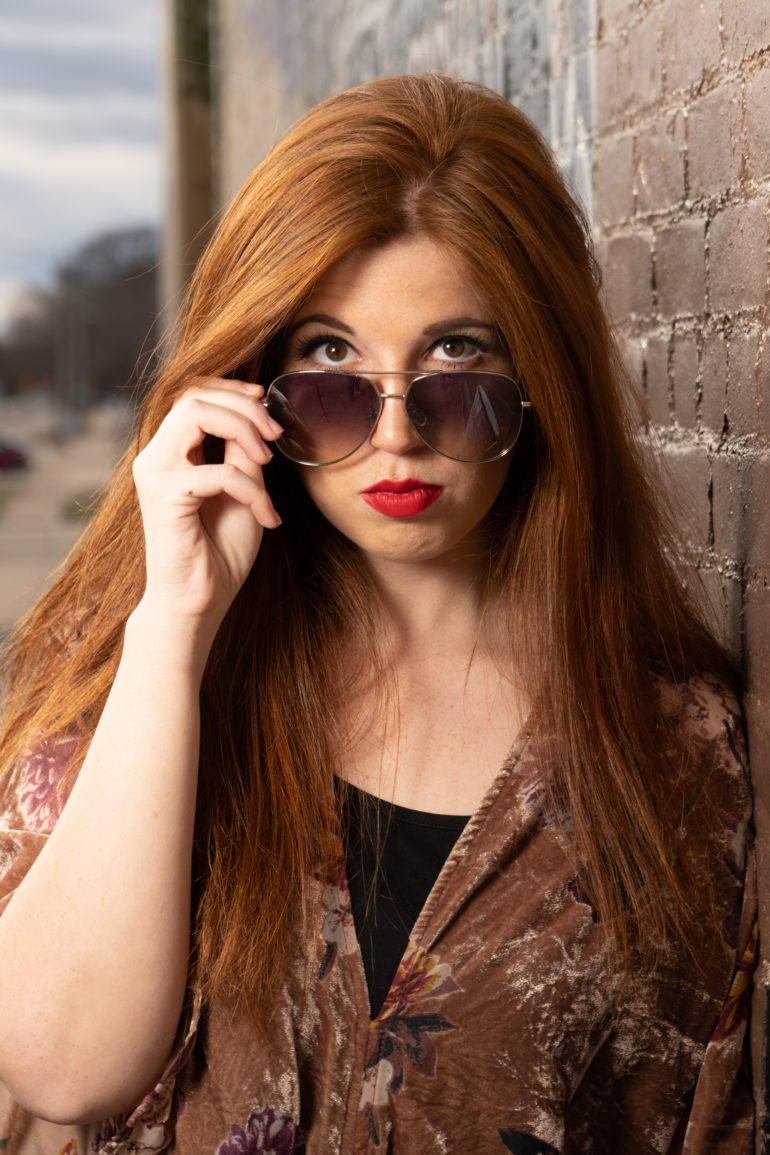

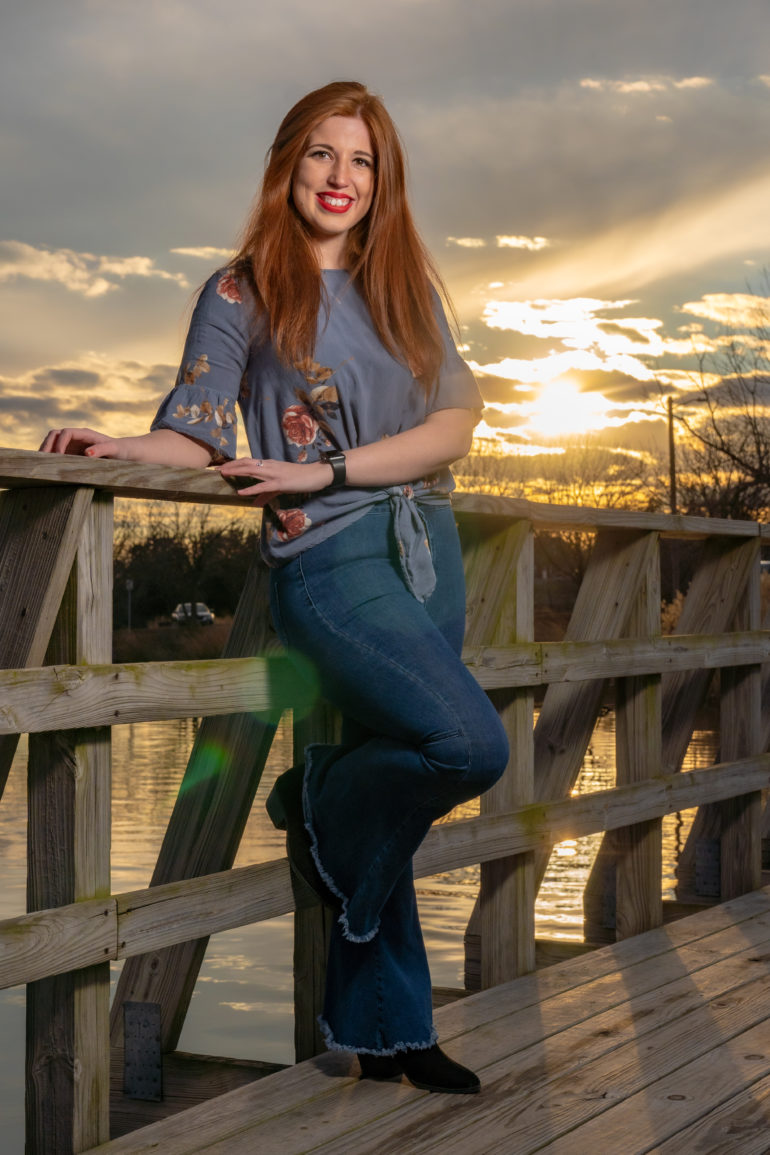

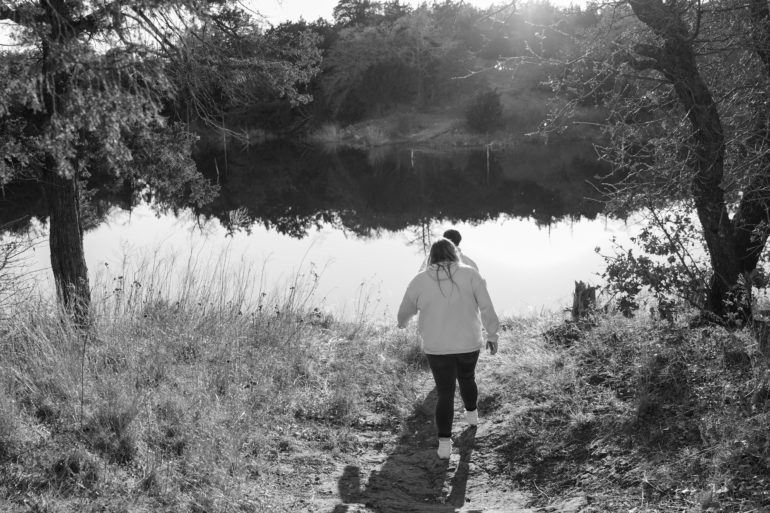
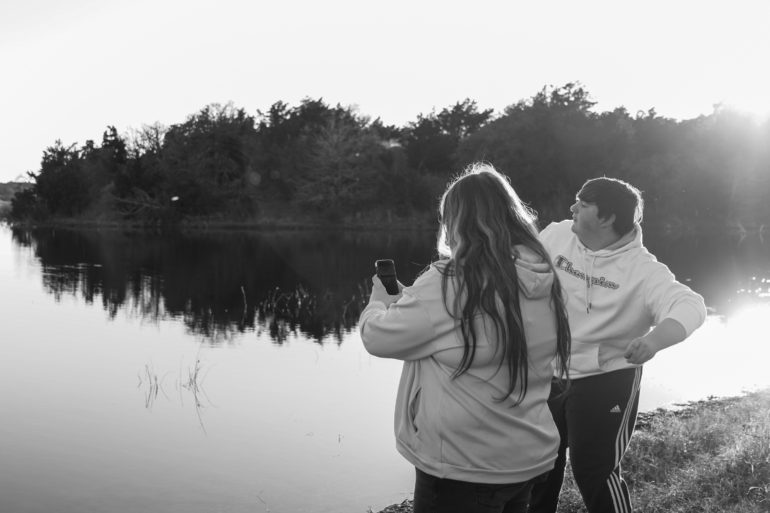

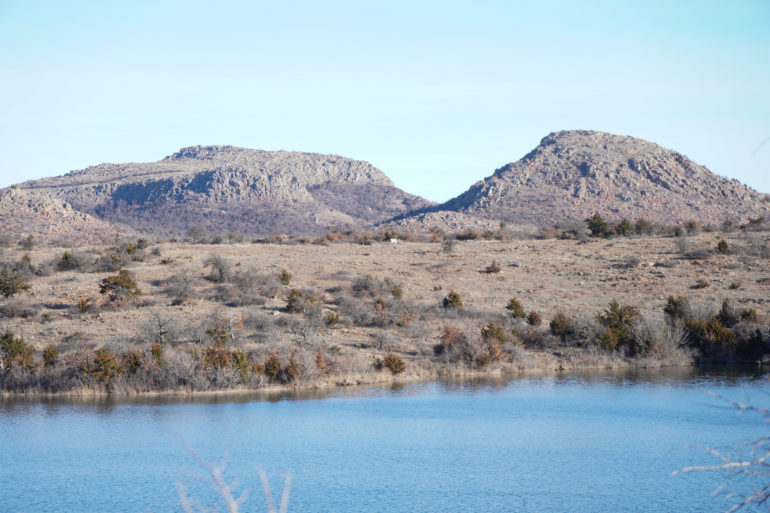



Conclusions
Likes
- The autofocus system is ridiculously fast
- Image output is great
- It’s a bargain at this price point
- Real-time human and animal eye autofocus
Dislikes
- Convoluted menu system
- It really needs a dedicated shutter speed dial in the grip
- It’s not the most user-friendly camera around
- The poor quality electronic viewfinder
The Sony a6100 may be the cheapest interchangeable lens camera in their lineup, but don’t let that fool you. While there are some aspects of the camera that certainly reflect its sub $600 price (cheap build, low-quality EVF and LCD, etc.), it more than makes up for it when it comes to overall performance.
So, who is this camera for? The Sony a6100 is great for those just getting into photography or stepping up from smartphones. Yes, the learning curve will be a little steep with this camera, but your efforts to learn the controls and the poorly designed menu system will be rewarded. The a6100 will suit those who want a small camera they can pair with a pancake lens and can slip into their pocket to capture everyday moments. The a6100, when paired with a lens like the Sony 70-350mm f4.5-6.3 G OSS, will also provide photographers with a rig that’s more than capable of capturing sports, nature, and wildlife photography. If you like capturing any of those genres and you’re on a budget, you need to keep this camera on your radar. Just keep in mind its shortcomings, and you’ll be happy.

The Sony a6100 receives an impressive four stars out of five. For just under $600, the a6100 is a steal. It packs features that many more expensive cameras lack, and it can produce nice images in the right hands. Keep expectations on the low side when it comes to overall build quality and please remember that it is an entry-level camera, and you’ll be smitten with it. Now, Sony, clean up the menu system a little, please and thank you. Want one? Check out the latest prices on Amazon.


